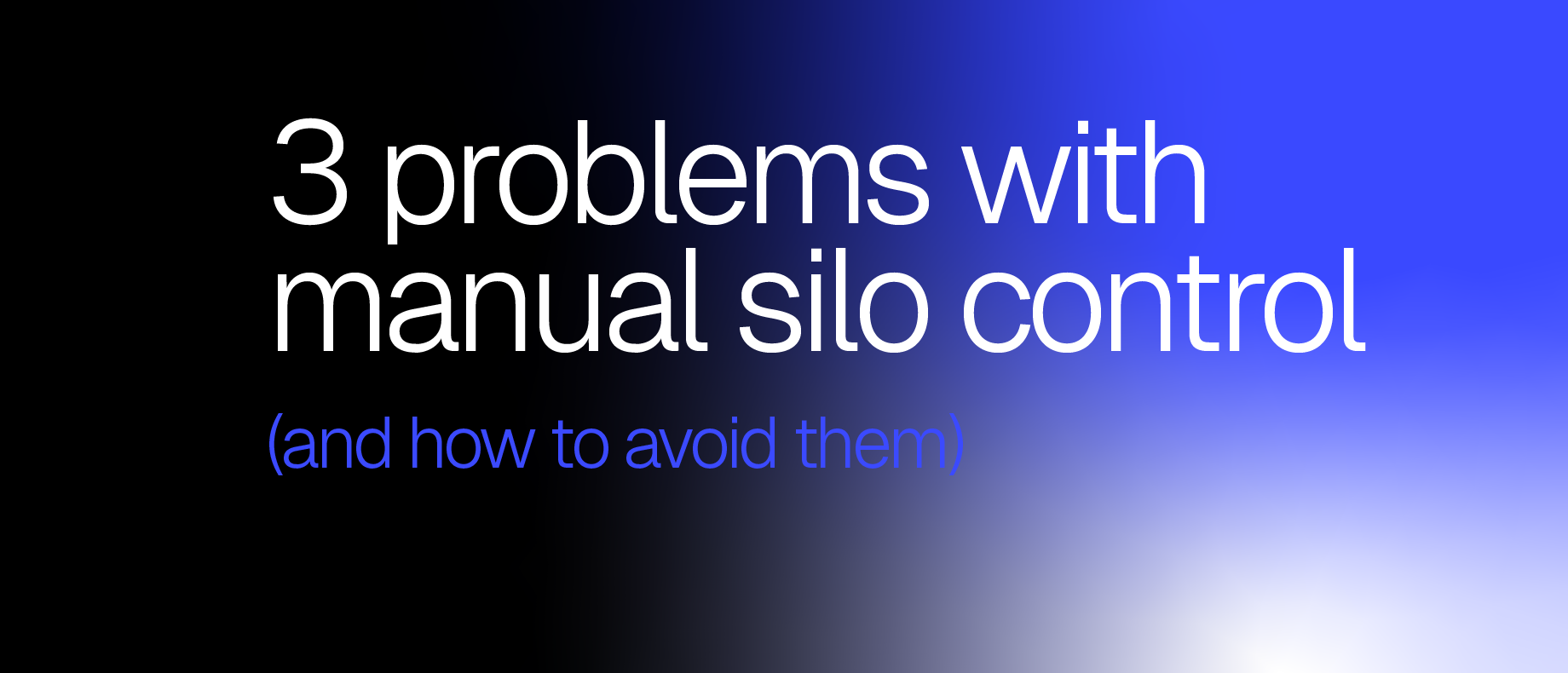In many agricultural operations and industrial environments, monitoring the level inside tanks and silos is still done manually or with non-automated systems. In the short term, this might seem sufficient…
But how many times have you arrived at a tank only to find—too late—that something had already run out?
In the medium and long term, this system leads to operational costs, supply risks, and a major loss of efficiency. At MCSystems, we know this reality well. That’s why we’ve developed solutions designed to democratize access to remote measurement technology, making it affordable, autonomous, and tailored to each sector.
Let’s first look at the most common issues, and then see how our level sensors help solve them.
Why manual control no longer works
1. Stock runs out without warning
In many farms and storage facilities, level control is still done manually: the tank is checked once a day, consumption is roughly estimated, and action is taken when it “seems” necessary to refill.
This method creates too wide a margin for error. Without an alert or precise monitoring system, you may one day arrive to find that an essential product — feed, grain, fertilizer, fuel… — has run out with no prior warning.
This can cause unexpected downtime, higher logistics costs, and in critical cases, direct impacts on production or animal welfare.
2. Deliveries without prior planning
Another common situation is the lack of accurate data before receiving a new delivery. The transport arrives, but there’s no clear idea whether the tank has enough capacity to hold it.
This leads to two immediate problems: on one hand, the risk of overfilling or spillage; on the other, loss of time and money if part of the shipment must be returned or logistics rescheduled.
All of this can be avoided with reliable, remote level readings, allowing you to prepare in advance and ensure a safe, efficient workflow.
3. Guesswork-based management
Many production managers, farmers, or maintenance technicians still make decisions based on visual experience or rough estimates.
But in environments where time, volume, and regularity are critical, this is no longer enough.
Without up-to-date quantitative data, forecasting weakens, management becomes reactive, and the risk of errors increases.
What’s more, this constant human dependency makes the system more vulnerable to distractions, absences, or staff turnover.
The solution: Smart, simple, and accessible sensors
To address these issues, at MCSystems we’ve created Silometric, a level sensor for solids (including powders and bulk materials) that offers:
- Remote, real-time readings
- Maintenance-free system: built-in battery with up to 5 years of autonomy
- Laser or radar technology, ensuring reliable readings in any environment
- Easy installation, with no wiring or construction required
🔗 Discover more about Silometric
For liquid materials, we offer the Fluidmetric sensor, which is ideal for high-pressure, industrial, or chemical-use tanks.
From guesswork to efficient management
Switching to smart control is not just about technology—it’s a way to gain time, safety, and foresight.
If you’re ready to move beyond blind management, we’re here to help.
Avoid unexpected issues and take control of your silos with efficient technology. Request more information now.
